As autumn leaves begin to fall and daylight hours shrink, many of us notice changes in our mood and energy levels. But what about our feline companions? While the concept of seasonal depression in cats might sound far-fetched, veterinary behaviorists and cat owners worldwide report noticeable cat behavior changes during fall and winter months.
The truth is, cats are more sensitive to environmental shifts than we might realize. Their natural rhythms, energy levels, and overall demeanor can shift alongside the changing seasons. Understanding these patterns helps us provide better care and support for our indoor companions who rely on us to meet their physical and emotional needs.
Whether you’re noticing your usually playful tabby spending more time hiding under the bed, or your social butterfly seems less interested in family interactions, recognizing seasonal depression in cats early makes all the difference in maintaining their wellbeing through the darker months ahead.
Understanding Feline Seasonal Patterns
The Science Behind Cat Circadian Rhythms
Cats evolved as crepuscular hunters, meaning they’re naturally most active during dawn and dusk hours. This biological programming makes them particularly sensitive to changes in daylight patterns that occur during fall and winter months.
Research from the Cornell Feline Health Center shows that domestic cats maintain many wild instincts, including responses to photoperiod changes—the scientific term for varying daylight hours. When days grow shorter, cats experience hormonal shifts similar to those affecting other mammals, including humans.
Melatonin production increases in cats during darker months, just as it does in people. This hormone regulates sleep cycles and can contribute to lethargy, mood changes, and altered appetite patterns. Unlike humans, however, cats don’t have easy access to light therapy or other interventions without our help.
Seasonal Triggers That Affect Indoor Cats
Indoor cats face unique challenges during seasonal transitions because they depend entirely on artificial environments. Several factors can trigger cat behavior changes as fall approaches:
Reduced natural light exposure through windows may not provide adequate stimulation for cats accustomed to following sun patterns throughout their day. Even indoor cats notice when their favorite sunny windowsill spots disappear earlier each day.
Temperature fluctuations from heating system changes can stress cats who prefer consistent environmental conditions. The transition from open windows and fresh air to sealed, heated spaces affects air quality and humidity levels.
Altered household routines during fall months—like children returning to school or adults adjusting work schedules—disrupt established patterns that cats rely on for security and predictability.
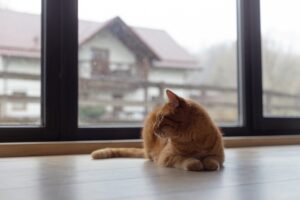
Recognizing the Signs of Seasonal Mood Changes
Behavioral Red Flags to Monitor
Seasonal depression in cats manifests differently than human seasonal affective disorder, but the signs are recognizable once you know what to watch for:
Sleep pattern disruptions represent one of the most common early indicators. You might notice your cat sleeping significantly more during daylight hours or becoming restless and vocal during their usual sleeping times.
Appetite changes can swing in either direction. Some cats eat less when feeling down, while others may overeat as a comfort mechanism. Monitor your cat’s food intake and body condition during seasonal transitions.
Reduced social interaction with family members often signals mood changes. Cats who typically greet you at the door or sleep in your bed might withdraw to quiet hiding spots instead.
Decreased grooming behavior indicates more serious mood disruption. Well-groomed cats who suddenly appear disheveled or develop matted fur need immediate attention and possible veterinary evaluation.
Physical Symptoms to Watch For
Beyond behavioral changes, seasonal depression in cats can manifest through physical symptoms:
- Excessive shedding or changes in coat quality
- Digestive issues including constipation or loose stools
- Weight fluctuations from appetite changes
- Increased vocalization or unusual silence from typically chatty cats
- Changes in litter box habits or elimination outside the box
When to Seek Professional Help
Consult your veterinarian if you notice multiple symptoms persisting for more than two weeks. Some medical conditions mimic seasonal depression symptoms, making professional evaluation essential for proper diagnosis and treatment.
Immediate veterinary attention is warranted if your cat stops eating entirely, shows signs of pain, or displays aggressive behavior that’s completely out of character.
Creating a Cat-Friendly Environment for Fall
Maximizing Natural Light Exposure
Fall cat care tips begin with optimizing your cat’s access to available natural light. Even limited daylight can positively impact mood and energy levels.
Window perch placement becomes crucial as sun angles change throughout fall. Move cat trees, beds, or shelving to follow remaining sunny spots throughout your home. A cozy perch that catches morning or afternoon sun can become your cat’s favorite retreat.
Light therapy considerations may benefit some cats, though this should be discussed with your veterinarian. Some pet parents report success with full-spectrum light bulbs in areas where cats spend significant time.
Mirror placement can help reflect and amplify available natural light into darker corners where cats like to rest. This simple addition increases overall brightness without adding artificial lighting.
Temperature and Comfort Optimization
Maintaining consistent warmth becomes essential as outdoor temperatures drop:
Heated pet beds provide therapeutic warmth that can improve comfort and mood. Look for models with adjustable temperature settings and safe, chew-resistant cords.
Cozy hiding spots appeal to cats seeking security during darker months. Create warm nooks using blankets, towels, or specially designed cat caves in quiet areas of your home.
Humidity monitoring helps maintain air quality during heating season. Dry indoor air can cause skin irritation and respiratory discomfort that compounds mood issues.
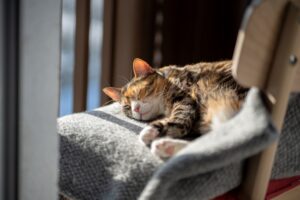
Interactive Play and Mental Stimulation
Combating Lethargy Through Engagement
Cat behavior changes during fall often include decreased activity levels, making interactive play sessions more important than ever:
Scheduled play sessions help maintain routine and physical fitness. Aim for two 10-15 minute sessions daily using toys that encourage hunting behaviors like feather wands or laser pointers.
Puzzle feeders turn mealtime into mental stimulation opportunities. These tools slow eating while engaging problem-solving skills that keep minds active during low-energy periods.
Rotation toy systems maintain novelty and interest. Store toys for a few days, then reintroduce them to spark renewed curiosity and play drive.
Environmental Enrichment Strategies
Creating engaging indoor environments supports mental health during darker months:
Vertical territory expansion using cat trees, shelves, or wall-mounted perches provides exercise opportunities and elevated observation points that satisfy natural climbing instincts.
Sensory experiences through catnip, silvervine, or safe plants like cat grass offer natural mood enhancement. Fresh herbs like basil or parsley can provide interesting scents and textures.
Background entertainment such as bird-watching videos or aquarium screensavers creates visual stimulation when outdoor wildlife viewing decreases.
Nutritional Support for Seasonal Wellness
Dietary Adjustments for Fall
Fall cat care tips include evaluating nutritional needs as activity levels and metabolism shift:
High-quality protein sources become more important as cats may need extra energy to maintain body temperature and mood stability. Consult your veterinarian about seasonal dietary adjustments.
Omega-3 fatty acid supplementation may support mood regulation and coat health during seasonal transitions. Fish oil designed specifically for cats provides appropriate dosing and palatability.
Hydration monitoring increases in importance as heated indoor air can cause mild dehydration that affects energy and mood levels.
Treats and Supplements for Mood Support
Some cats benefit from natural mood-supporting supplements during seasonal changes:
- L-theanine provides calming effects without sedation
- Probiotics support digestive health that’s linked to overall wellbeing
- B-vitamin complexes may help with energy metabolism and mood regulation
Always consult your veterinarian before adding supplements to your cat’s routine, as individual needs vary significantly.
Supporting Your Cat’s Social Needs
Maintaining Connection During Darker Days
Seasonal depression in cats often includes withdrawal from social interaction, making proactive engagement essential:
Consistent routines provide security and predictability that anxious cats crave. Maintain regular feeding, play, and bedtime schedules even as household routines shift with seasonal changes.
Gentle socialization encourages interaction without overwhelming sensitive cats. Offer opportunities for connection through shared quiet time, gentle petting sessions, or simply sitting near your cat while reading or working.
Multi-cat household considerations become important as cats may compete for warm spots or become more territorial during stress periods. Ensure adequate resources and space for all cats to find comfort.
Building Trust Through Consistency
Cats experiencing mood changes need patient, understanding caregivers:
Respect boundaries when cats seek solitude, while still offering gentle interaction opportunities. Force-free approaches build trust and encourage natural recovery.
Positive associations with seasonal changes help cats adjust more successfully. Use treats, play, or affection to create good experiences around routine adjustments or environmental changes.
Professional Support and Wellness Products
When to Consider Additional Help
Some cats benefit from professional intervention during seasonal transitions. Veterinary behaviorists can provide specialized guidance for cats experiencing significant mood or behavior changes.
Medication options may help cats with severe seasonal depression, though behavioral and environmental modifications should always be tried first. Anti-anxiety medications or natural calming aids work best as part of comprehensive care plans.
Therapeutic interventions such as pheromone diffusers (Feliway) can provide background stress relief that supports other wellness efforts.
Wellness-Focused Products That Make a Difference
The right products can significantly improve your cat’s comfort during challenging seasonal transitions. Our Cat Care Kits include specially curated items designed to support feline mental health and physical comfort during fall and winter months.
Comfort accessories like heated beds, soft blankets, and cozy hiding spots create safe retreats where anxious cats can decompress and regulate their emotions.
Interactive toys that encourage natural hunting behaviors help maintain physical activity and mental engagement when motivation naturally decreases during darker months.
Calming aids including pheromone products, calming treats, and anxiety-reducing accessories provide gentle support for cats struggling with seasonal mood changes.
Creating Long-Term Wellness Plans
Preparing for Future Seasonal Changes
Understanding your cat’s individual response to seasonal transitions helps you prepare for future years:
Document patterns by keeping notes about when changes occur, which interventions help, and how long adjustment periods last. This information helps you anticipate and prevent problems before they develop.
Gradual transitions work better than sudden changes. Start implementing comfort measures and routine adjustments in late summer, before cats begin experiencing seasonal stress.
Year-round wellness practices create stronger resilience for handling seasonal challenges. Cats who receive consistent mental stimulation, regular veterinary care, and stable routines adapt more successfully to environmental changes.
Supporting Cats in Your Community
Extending Care Beyond Your Home
Seasonal depression in cats affects community cats even more severely than indoor pets. Feral and stray cats face additional challenges from weather exposure, reduced food sources, and increased stress during fall months.
Consider supporting local TNVR efforts—such as Alley Cat Allies—that provide medical care and shelter improvements for outdoor cats before winter arrives. These programs make lasting differences in community cat welfare during their most vulnerable seasons.
Colony caretakers need extra support during fall as cats require additional calories and improved shelter options. Donations of food, blankets, and shelter materials help community cats survive challenging weather while maintaining their outdoor territories.
Understanding seasonal depression in cats helps us become better advocates for all cats—from our beloved indoor companions to the resilient community cats who depend on human compassion for survival. Your awareness and action create ripple effects that improve feline welfare throughout your community.
Ready to support your cat’s seasonal wellness? Explore our Cat Care Kits for thoughtfully curated products designed to boost feline comfort and mental health during challenging seasons. From cozy comfort items to interactive enrichment tools, each purchase supports ongoing cat welfare efforts through GiluFunds while bringing practical benefits to your feline family.
Visit our wellness collection to discover products that make a difference in your cat’s daily comfort and long-term wellbeing. Because every cat deserves to feel secure, comfortable, and loved—especially during the seasons when they need us most.
Share this post to help other cat parents recognize and support their felines through seasonal changes.

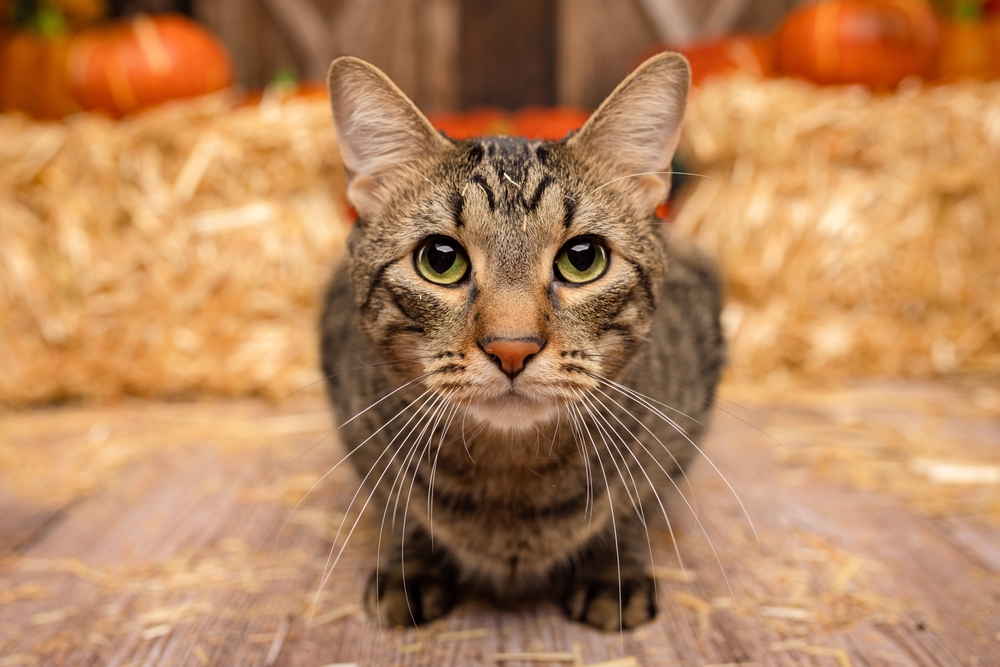
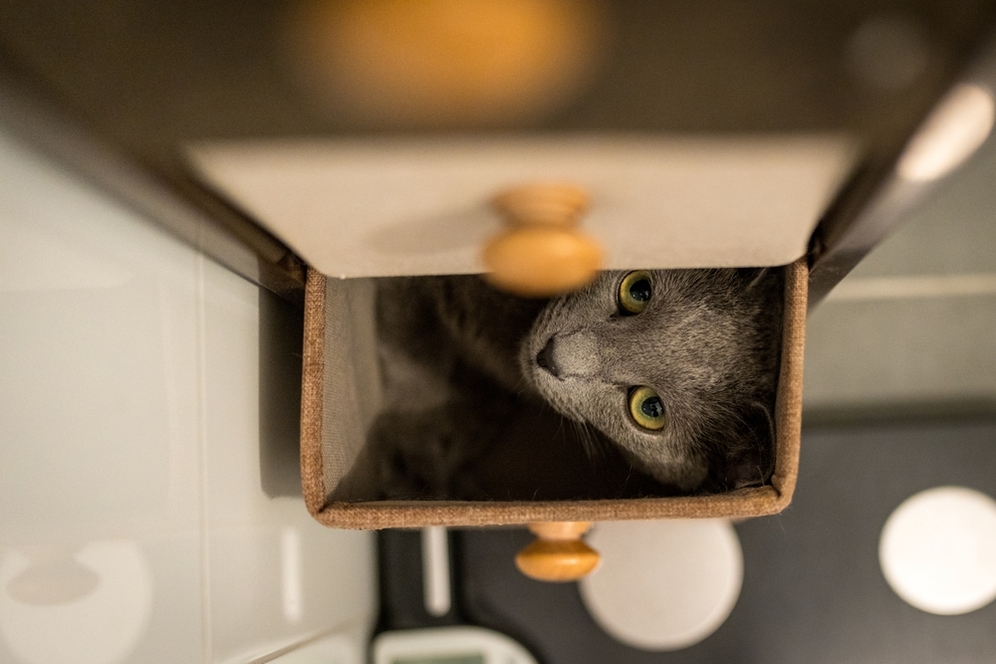
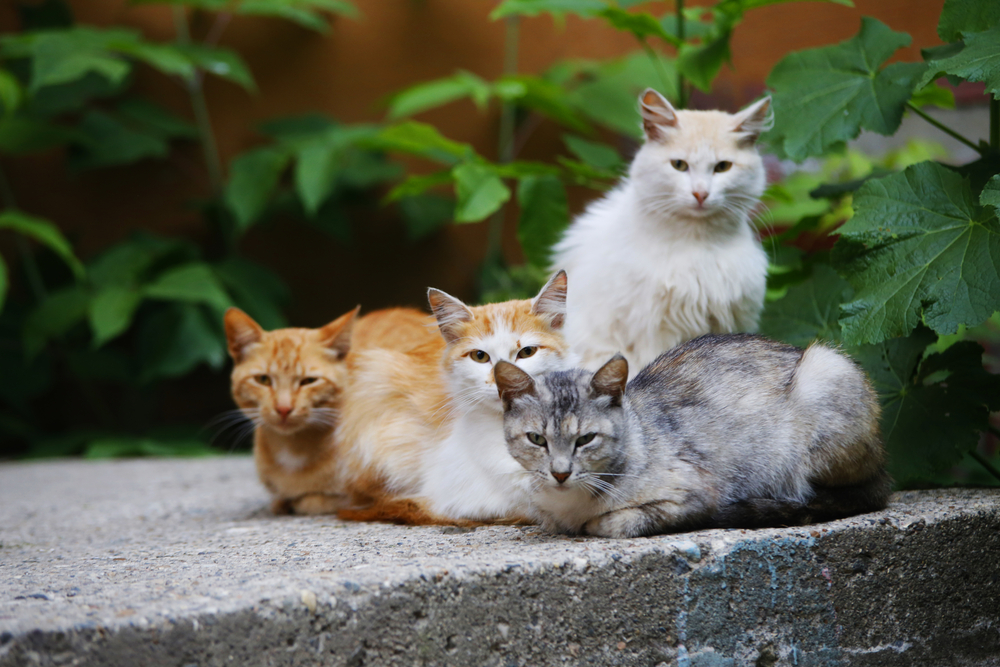
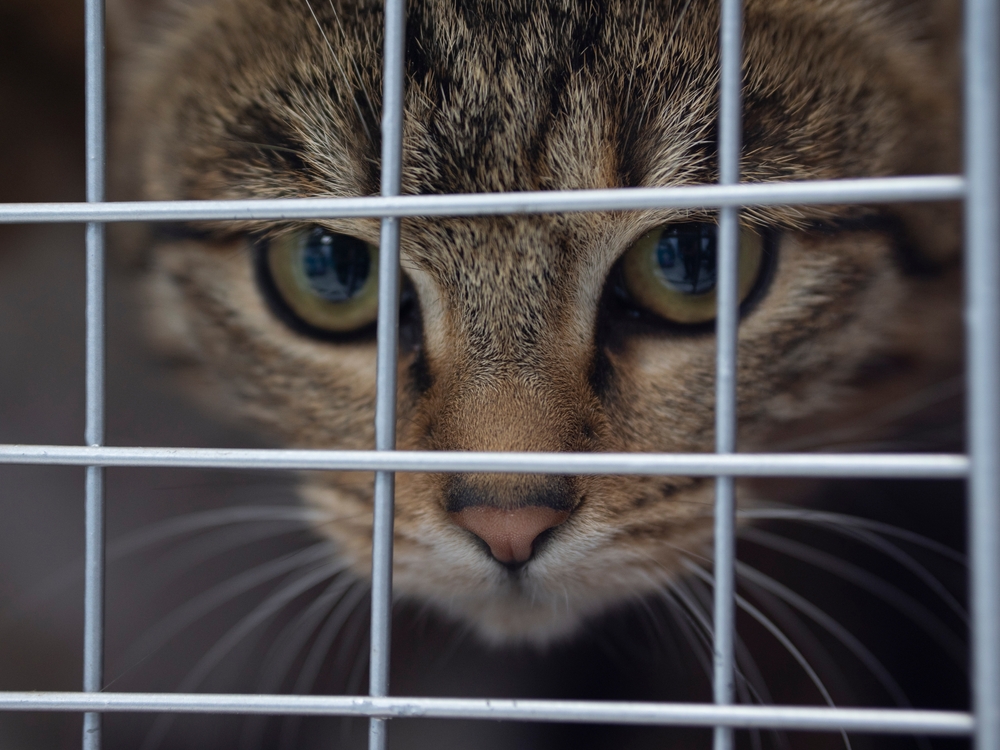
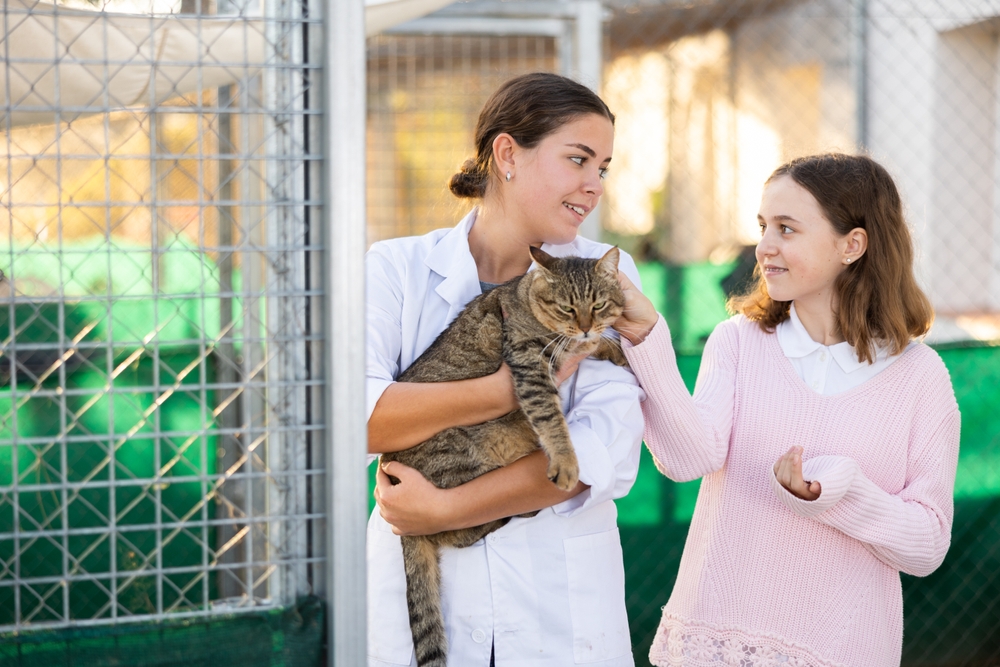
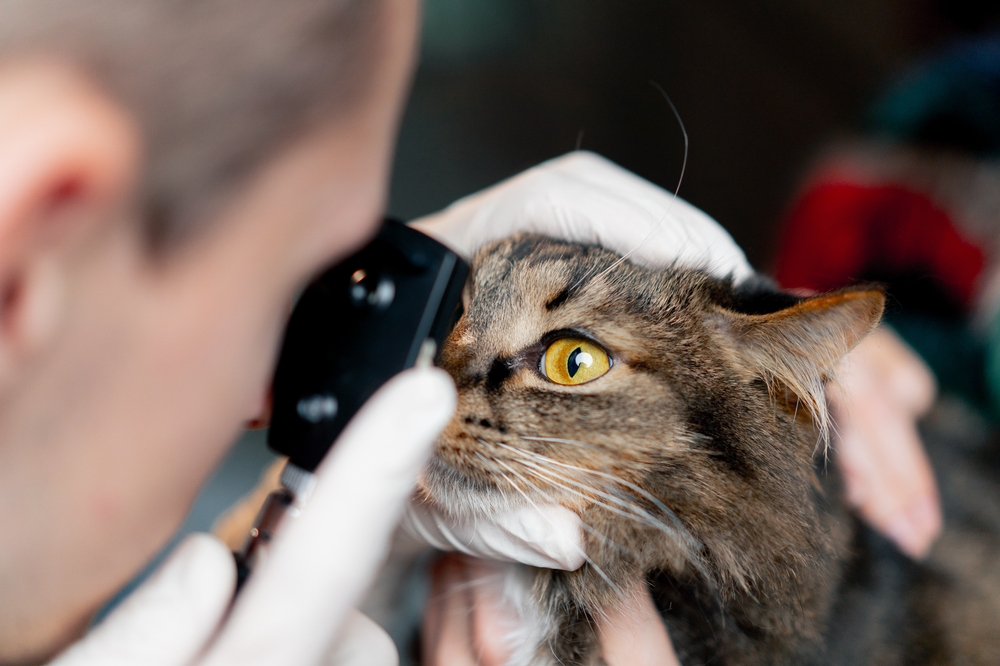
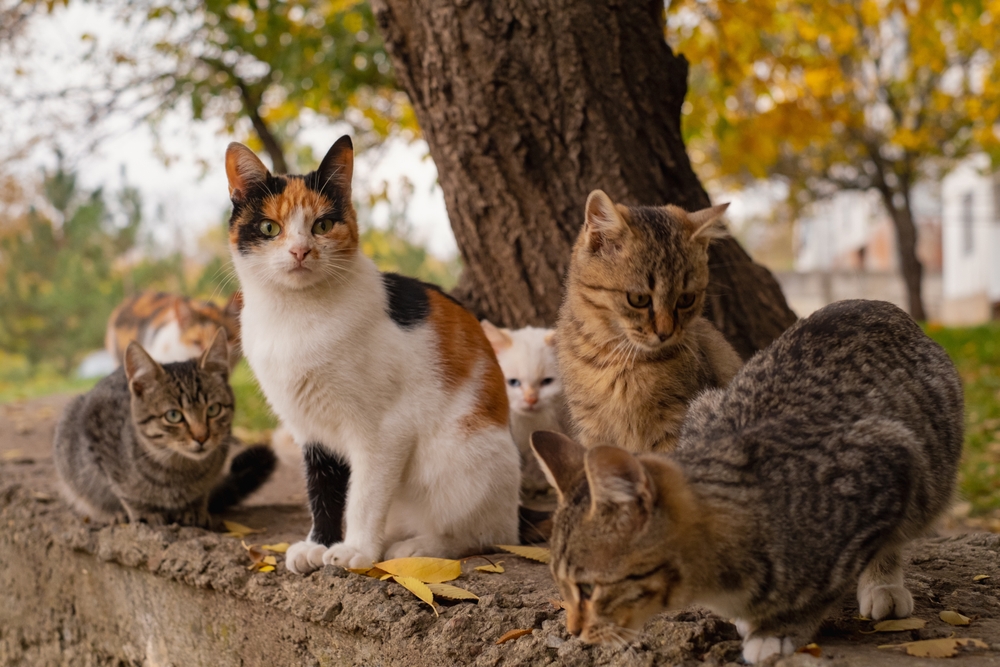
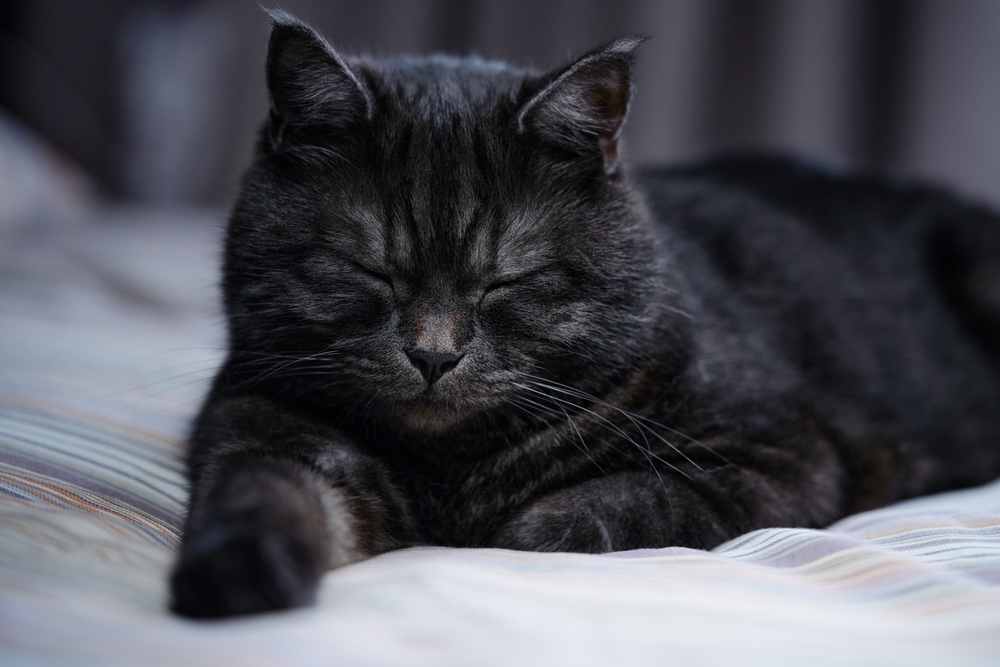
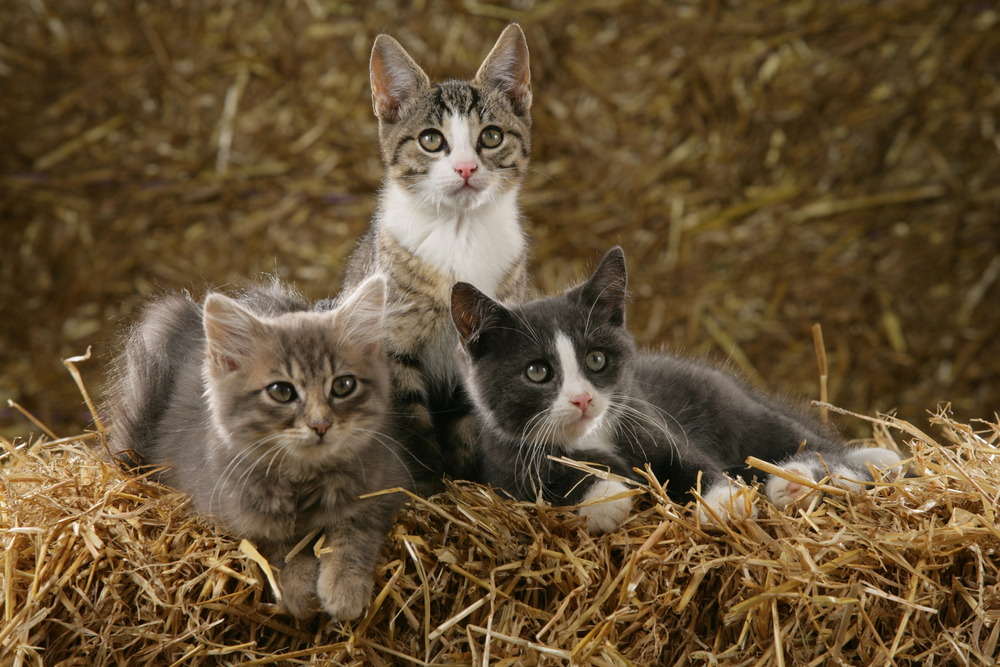
0 Comments